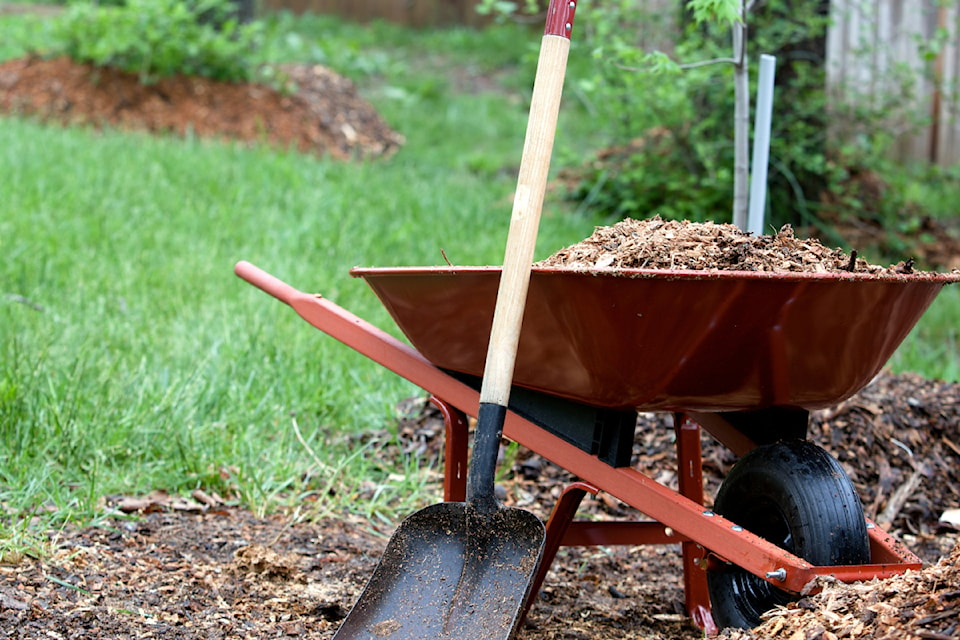With fall's arrival, it's time to take a few steps to help your garden thrive and prevent winter damage around your home.
1. Shut down your irrigation and outdoor watering systems
With the fall rains arrived, it's time to shut down your irrigation system for the year, and before winter, hire a professional to flush your irrigation system to prevent water freezing in the system, which can cause cracks in pipes and sprinklers.
This is also a good time to preset the system for next year B��Ԫ������ַ� stagger your irrigation system start time to start between 12 and 4 a.m., picking a random start time such as 2:23 a.m., 1:41 a.m. or 3:12 a.m. to reduce the instantaneous demand.
Around the home, drain garden hoses and turn off hose bibs before winter to prevent split hoses and frozen pipes. In cold winters consider insulating your hose bib to ensure it wonB��Ԫ������ַ�t freeze.
2. Plant native plants
While springs gets a lot of love for gardens, fall is actually the best time to or seed them into the ground. Some native plants require exposure to cold to germinate, so must be planted in the fall for that to happen over the winter. Fall rains then keep them watered and our mild winters allow them to work on their root systems before spring flowering.
Beyond being a lower maintenance alternative that needs little watering once established, converting part of your lawn or garden to native plants also supports native insects, pollinators, birds and other wildlife essential to our region. Check out more info about native plants !
3. Mulch your garden
helps reduce soil erosion and maintain warmer soil temperatures. To smother aggressive perennial weeds, add a layer of brown cardboard or several layers of newspaper, then water and mulch on top. This blocks light from reaching weeds and should help reduce their number come spring. Mulch also retains moisture keeping your plants hydrated.
Raked leaves, compost or straw are all great examples of light mulches for veggie and flower gardens. Perennial gardens can handle courser mulch, like wood chips or coarse bark.
4. Practice
Thatch B��Ԫ������ַ� the layer of dead matted grass and organic matter that forms between the blades of grass and the soil B��Ԫ������ַ� can benefit a lawn by preventing evaporation. However too much thatch can rob the grass roots of oxygen and water. If your lawn has a layer of thatch of more than 1.5 centimetres, consider de-thatching with a rake or thatching attachment to ensure healthy roots.
For more tips and solutions for a waterwise garden, visit and
